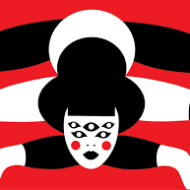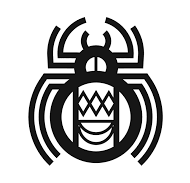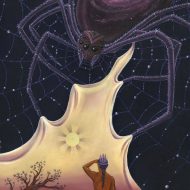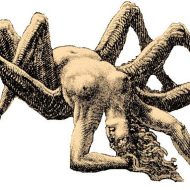Kokyangwuti : The Spider Grandmother
Listen
At a glance
| Description | |
|---|---|
| Origin | Hopi Mythology |
| Classification | Gods |
| Family Members | Husband (Tawa) |
| Region | Native American Mythology |
| Associated With | created lives , medical cures |
Kokyangwuti
Introduction
Kokyangwuti is the mother of the Hopi tribe and the primary goddess of the culture for most of the native tribes of Southwest America. In the myths, she created humans from clay and led them to the Fourth World.
The Navajo tribe also has a similar deity who they refer to as Spider Woman. Many cultures from around the world have references to Gods who take the form of a spider like the God Anansi in African mythology.
Physical Traits
The Kokyangwuti is often depicted as an old aging woman or in the form of a common spider. She usually resides in an underground in a cave or hole when she is in the form of a spider.
Family
She is frequently described as a co-collaborator with Tawa, the Sun God whom she helped create the universe and all the living beings. She is also considered to be the mother of all living things that came into existence after Tawa and herself.
Other Names
Kokyangwuti is also known as the Spider Grandmother, Spider Woman and Gogyeng Sowuhti. She is also refered by different names depending on the region or the tribe that worships her.
Powers and Abilities
The Spider Grandmother is believed to have created all the living beings and gave them souls. She crafted all the humans in her and Tawa’s likeness out of clay and then breathed life into them. She had to redo her creation multiple times till she had them exactly as she wanted them.
When she is called upon, she will help people in many ways, such as giving advice or providing medicinal cures.
Modern Day Influence
Kokyangwuti is still worshiped by the Native American tribes of Southwest USA and many tribes still keep their traditions alive. The concept of an old spider has been referenced in popular culture in the form of cartoons and characters in children’s books.
Related Images
Frequently Asked Questions
What does koyangwuti mean?
The primary meaning of “Koyangwuti” refers to a figure in Hopi mythology, representing a powerful and wise grandmother spider who embodies creation, weaving, and the interconnectedness of all things.
What is the myth of spider woman?
Spider Woman, revered across many cultures, is a powerful figure symbolizing creation, wisdom, and the interconnectedness of all things. In Navajo and Hopi traditions, she is a nurturing creator who teaches vital life skills like weaving and agriculture. As Asibikaashi among the Ojibwe, she protects children and offers healing. Though the Greek myth casts her as the prideful weaver Arachne, ultimately cursed by Athena, Spider Woman largely embodies benevolence, reminding us of our own creative potential and the delicate threads that bind us to one another.
What is the story of spider woman in Hopi?
In Hopi lore, Spider Woman, known as Koyangwuti, is the creator and guiding spirit. Emerging from the underworld, she spun the Earth from sand and clay, then breathed life into the first Hopi people. A teacher and protector, she gifted them with vital skills and established rituals for harmony. Through trials and transformations, she gained wisdom and emerged even stronger. Now a revered figure, she watches over the Hopi people, her web symbolizing the interconnectedness of all things.
How grandmother spider stole the sun?
When the world was cloaked in darkness, Grandmother Spider, with her wit and agility, used her web to capture a piece of the sun. Bringing this light back to the earth, she ended the endless night and ensured its daily journey across the sky. The sun’s rays, like the threads of her web, serve as a lasting reminder of her bravery and the transformative power of determination and wisdom.












